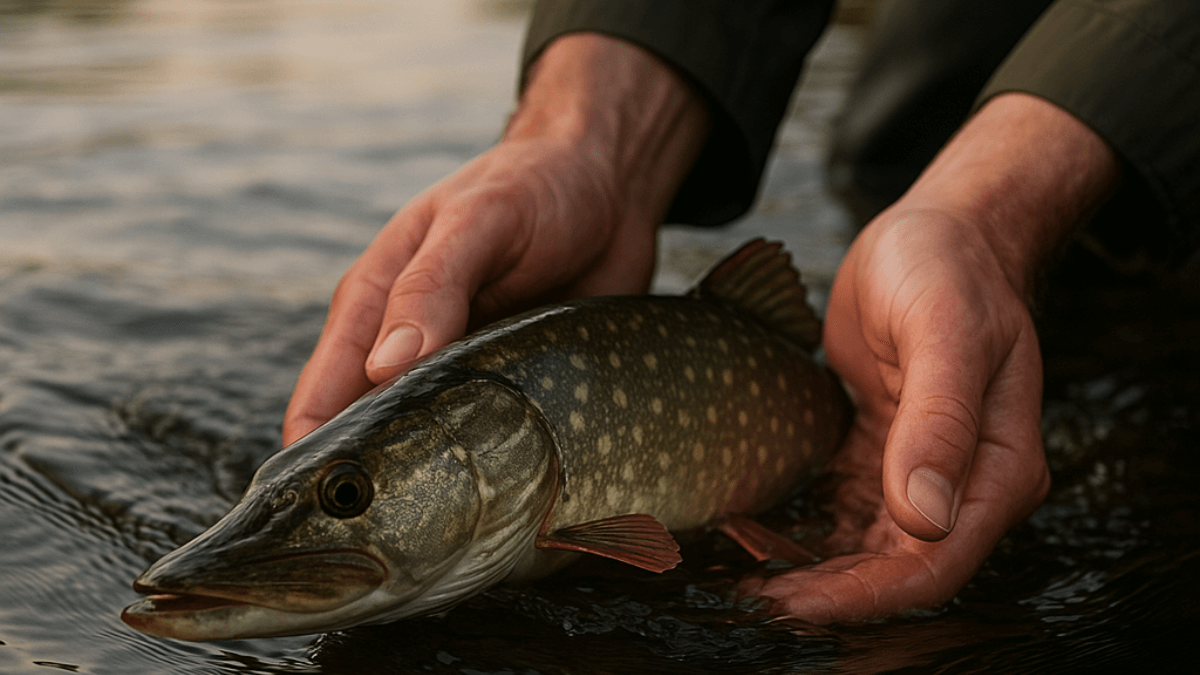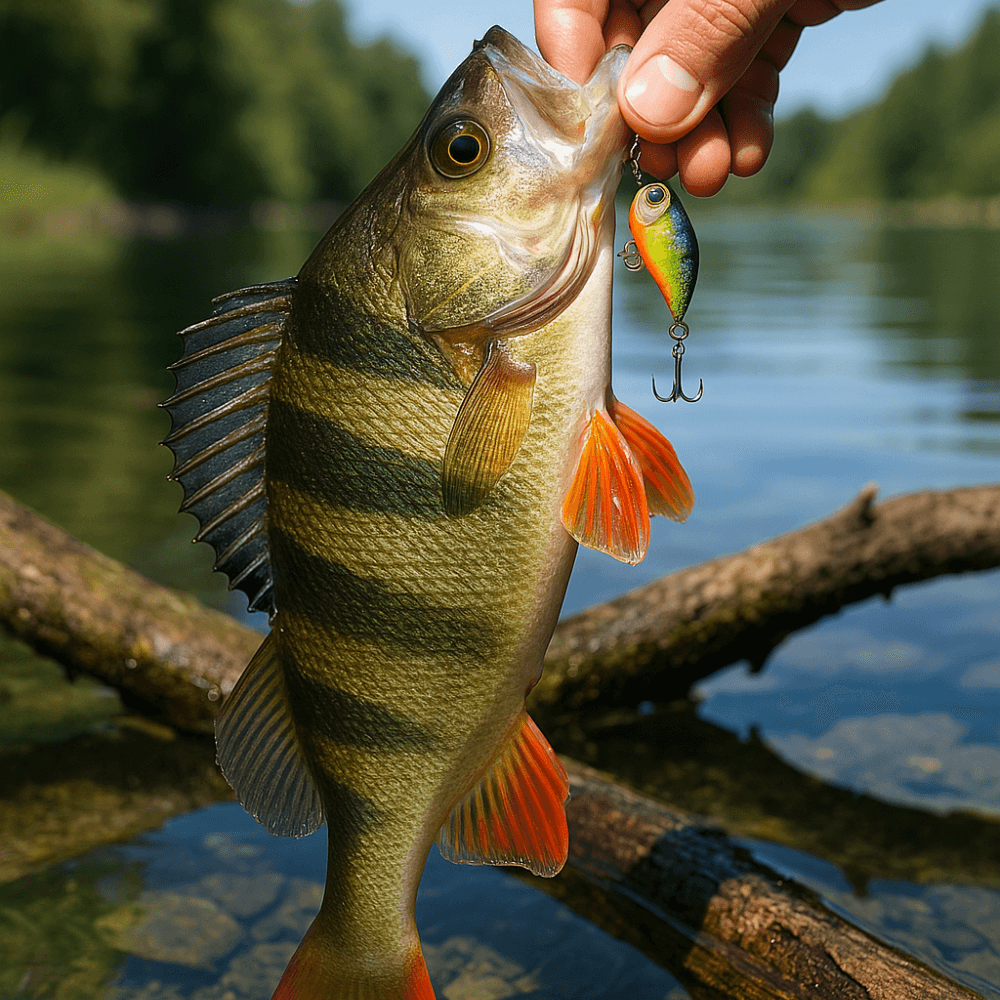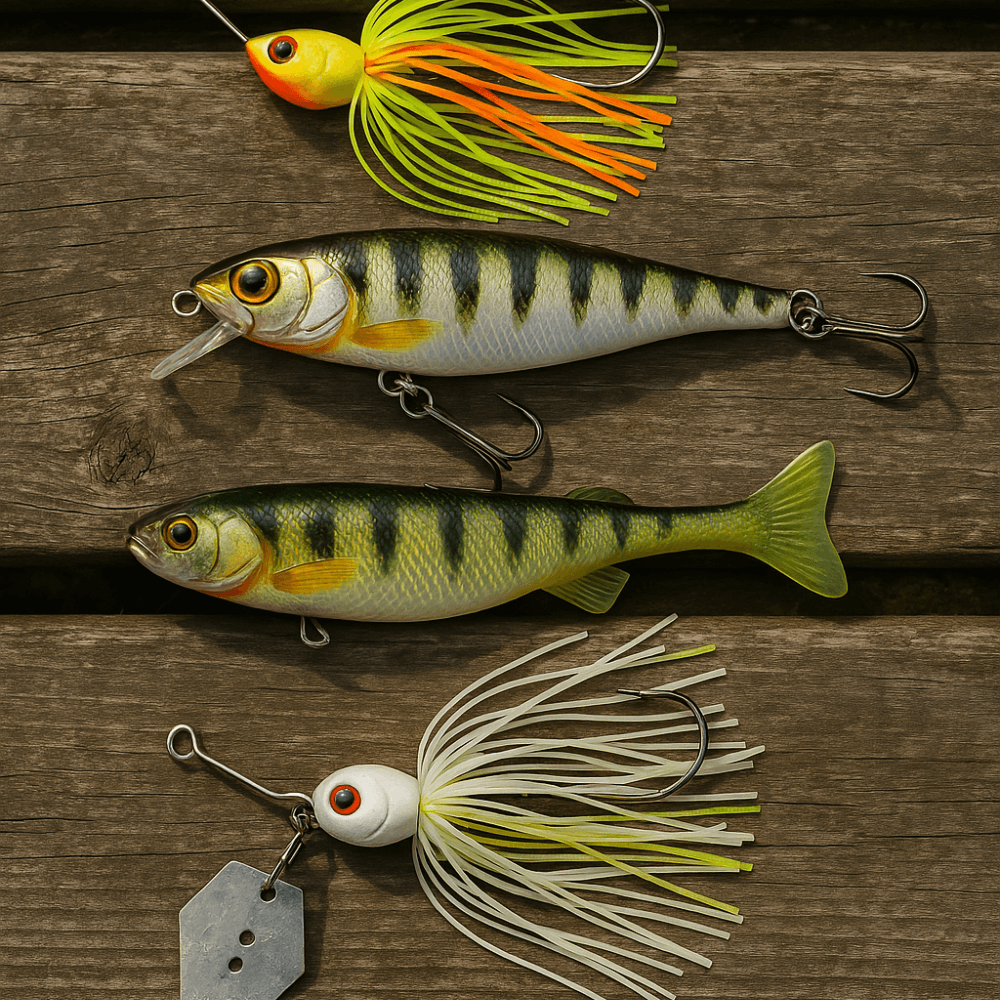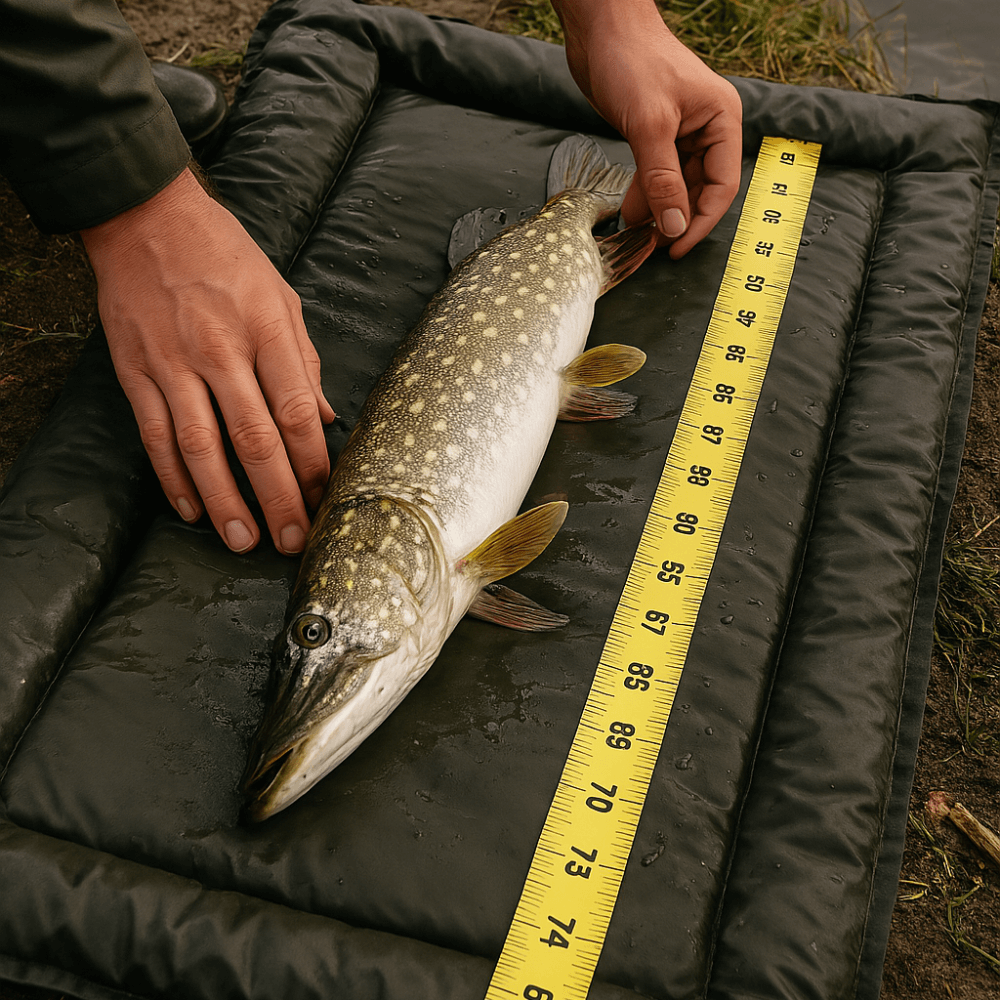
Since the closure at the end of January, the anticipation is palpable among predator fishermen in metropolitan France. The key date to remember for the opening of pike fishing in 2025 is officially set for Saturday, April 26, 2025. This date also marks the start of the lure fishing season in the second category on the majority of French waters, allowing targeting of pike and perch.
However, be careful: the 2025 fishing regulations require vigilance. At the start of the season, some species such as zander or black bass are still in the middle of their breeding period. It is therefore crucial not to specifically target these species from the opening to respect their cycle.
To practice sustainable and responsible fishing, it is essential to be well aware of the local regulations (specific dates, no-kill routes, temporary reserve areas). Be sure to check the website of your departmental fishing federation and your local AAPPMA to get the most up-to-date information.
2025 Predator Fishing Opening Date and Conditions
The official date for the opening of pike fishing (and therefore lure fishing in the second category) for 2025 is set for Saturday, April 26.
Attention: This national date may be subject to specific departmental regulations.
Regarding fishing times, predator fishing on public land is not allowed 24/7. Unlike night carp fishing (allowed on certain specific routes), predator fishing is only allowed during the day: half an hour before sunrise until half an hour after sunset. ()
Many departments and AAPPMA (Approved Association for Fishing and Protection of the Aquatic Environment) set up "no kill" routes (mandatory release), whether permanent or temporary for certain periods. These routes aim to protect fish populations, especially pike.
To precisely identify these no-kill zones, any temporary reserves, and any other local specificity, it is essential to consult:
- The website of your departmental fishing federation (Example: https://www.peche33.com/)
- The website or information of your local AAPPMA.
Some federations, like those of Vendée or Gironde, offer very practical interactive maps to easily visualize this information.
2025 Fishing Regulations by Species
Each predator species has a distinct lifestyle and reproduction mode. The fishery regulations therefore aim to adapt to these specificities to ensure a sustainable management of populations: minimum capture sizes, daily quotas, closure periods, etc.
Specific Pike Fishing Regulations 2025
- Minimum catch size (MCS): The legal size to keep a pike in the second category is set at 60 cm at the national level.
- Catch window: To better protect juveniles and large breeders, some departments have established a "catch window". Only pikes measuring between 60 cm and 80 cm can be taken. This measure, already successfully tested on trout, is applied to pike especially in the following departments (check locally):
- Gironde
- Landes
- Vendée
- Deux-Sèvres
- Lot
- Cher
- (And many more)
- Daily predator quota: In order to preserve the species and share the resource, the catch is limited to 2 pikes per day and per fisherman maximum on the public domain. Of course, the practice of "catch and release" (return to water) is strongly encouraged for this emblematic sport fish.
Specific Zander Fishing Regulations 2025
The zander is highly sought after, but the general opening at the end of April often coincides with its spawning period over a large part of the territory. While it aggressively protects its nest, it becomes particularly vulnerable to fishing.
- Protection during spawning: To preserve it, many federations set up temporary reserve zones on known spawning grounds. It is imperative to respect these zones and to avoid actively fishing the spots where zanders are likely to nest in April/May.
- Specific openings: Some departments adapt the opening date for zander. For example, in the Cantal, on the Grandval and Lanau dam lakes where the cold water delays spawning, the specific opening for zander is set for June 14.
- Minimum catch size (MCS): Outside the spawning period and specific zones, the legal size to keep a zander is 50 cm.
- Daily quota: You can keep a maximum of 3 zanders per day and per fisherman.
Specific Perch Fishing Regulations 2025

The common perch is generally less subject to strict regulations, its populations often being dynamic.
- Closure period: Its fishing is still prohibited during the general closure period for predators (usually from the last Sunday in January to the last Friday in April preceding the opening). Its reproduction takes place between February and March.
- Size and Quota: Outside of this period and specific routes, there is usually no minimum catch size or daily quota for the common perch.
- Exceptions: Be careful, on the "no kill" predator routes, the release of all captured perches is mandatory. Locate these routes via the interactive maps of your federation or AAPPMA.
Techniques and Fishing Tips: Succeeding the Predator Opening 2025
The opening of the 2nd category fishing comes at a particular time: the end of the spawning is often recent for many fish. They may be weakened but are actively seeking to feed themselves. Adapting your predator fishing techniques is essential.

Pike Fishing Tips Opening 2025
At the beginning of the season, white fish (main prey) are often of modest size. The effective lures for pike at the opening rarely exceed 15 cm.
- Visibility: The waters are often still tinted. Favor contrasting colors (chartreuse, white, fire tiger) or flashy.
- Types of lures:
- The spinnerbaits and chatterbaits are excellent for quickly prospecting and triggering reactions.
- The minnow jerkbaits (suspending or shallow) are perfect for shallow areas where pike hunt.
- The palette shads (type Divinator) or the soft lures mounted on texan hook with palette or jig head with palette offer good vibratory alternatives.
Zander Fishing Tips (After Spawning)
Important reminder for responsible fishing: We strongly advise against actively targeting zander from the opening at the end of April, as it is likely still on its nest. For the good of the species, wait until the end of May or the beginning of June. It is often during this post-spawning period that it becomes very active and easier to lure during the day.
- Active Techniques: Forget pure vertical, try more dynamic approaches. In June, walleyes often get closer to the edges, gentle slopes, near submerged trees.
- Reaction Lures: Use swimming fish type longbill minnow or jerkbait minnow to trigger reflex attacks. The DD Squirrel 79 SP from Illex is a recognized reference for this approach.
Perch Fishing Tips Opening 2025
With the abundance of fry in May, perches can be focused on small prey, making fishing sometimes tricky.
- Location: Look for perch banks near structures: submerged trees, weeds, pontoons, where small fish hide.
- Food Competitiveness: The perch is gregarious and opportunistic. If one hunts, the others follow. Use this instinct!
- Teaser Setup: Try a "teaser" setup (if allowed by local regulations!):
- On the bottom line: a vibrating blade, a small swimming fish, or a spintail.
- About 30 cm above: a small soft lure (1 to 2 inches) on single hook or micro lead head.
- This simulates a hunt and excites competition within the bank.
- ATTENTION REGULATION: Check local regulations, but generally, you are limited to 2 hooks maximum per line in freshwater in France. If you use a swimming fish with 2 trebles on a teaser setup, remove one of the treble hooks from the swimming fish to be in compliance.
Practice Sustainable and Responsible Fishing in 2025

So that populations of pike, walleye, perch and black-bass do not meet the critical fate of the eel, each fisherman has a role to play. Adopting a responsible fishing is essential for the future of our passion and fishery management.
The practice of catch and release (or "no kill") is an excellent way to continue to enjoy the pleasures of sport fishing while preserving the resource. However, it must be well executed:
- Handle the fish with care:
- Wet your hands before touching it.
- Never place it directly on dry ground, on rocks or sand. Avoid dropping it.
- Use a landing net (ideally with rubber mesh, like the Ready Street Net from Gunki to limit contact and protect the fish's protective mucus.
- Minimize the time spent out of the water, especially for the photo.
- Support the fish horizontally, do not hold it vertically by the jaw (especially large specimens).
- Facilitate unhooking:
- Crush the barbs of your hooks with pliers. Unhooking will be much faster and less traumatic.
- Use long-nose pliers to remove the hook cleanly.
- Reoxygenation: If the fish has trouble getting away, hold it in the water facing the current (or make slight back and forth movements) until it leaves on its own.
It is fundamental not to intentionally fish on active spawning grounds or on nests guarded by parents (pike-perch, black-bass). Respecting the opening and closing dates is the basis, but also use common sense: nature does not have a strict calendar. If you observe obvious signs of late reproduction, leave the fish alone.
Conclusion: Key Points of the Predator Opening 2025
The predator opening 2025 is a highlight for all fishing enthusiasts in France. Saturday, April 26 marks the long-awaited return to the water to track pike and perch.
However, this opening period must necessarily be accompanied by responsibility and respect for the aquatic environment. Don't forget the biological realities:
- The pike-perch is often still on its nests at this time.
- The black-bass is also in full reproduction (its opening is usually later, check locally).
- Temporary reserve areas may be in place.
Nature does not always advance at the pace of the regulatory calendar. Always inform yourself about local regulations through your departmental fishing federation and your AAPPMA. Respect the legal catch sizes (TLC), the daily predator quotas, the no-kill courses, and the reserve areas.
Adopting a sustainable fishing approach and practicing catch and release as much as possible are the best guarantees to preserve our aquatic ecosystems and ensure the future of our common passion. The pleasure of the touch, the beauty of a fish, the thrill of a fight... all this is only worth it if it can last for future generations.
Good fishing opening 2025 to all, and be responsible by the water!
